Pasupuleti Kannamba
Subscribe to read full article
This section is for paid subscribers only. Our subscription is only $37/- for one full year.
You get unlimited access to all paid section and features on the website with this subscription.
Not ready for a full subscription?
You can access this article for $2, and have it saved to your account for one year.
Unforgettable is a tribute to the women who became synonymous with South Indian cinema.
The book profiles thirty-four amazingly gifted women who challenged stereotypes, redefined femininity and captured the hearts of millions of film goers. Over four decades, their multivarious roles made them larger-than-life images across South India. Most of them acted in all the four languages—Tamil, Kannada, Telugu and Malayalam—essaying roles that deeply impacted the society. Some of them entered filmdom at a time when cinema was strictly out of bounds for women. But they had the courage to fight against all odds and established themselves.
These are some remarkable human interest stories of individuals who stood up for themselves and left an indelible mark on millions of film buffs.
The following is an excerpt from the book Unforgettable: The Iconic Women of South Indian Cinema written by Nalini Shivkumar and Rema Mahalingam.
Walking six feet tall bearing a statuesque figure, a dusky lady created a niche for herself in filmdom. Kannamba inched her way on the path she had chosen and proved that she was a female star to contend with.
Kannamba was born on 5 October 1911 in Cuddapah to Lokamba and M. Venkanarasaiah, a government contractor. She was their only child and grew up with her maternal grandparents in Eluru. Her grandfather, Nathamuni Naidu, a village doctor, encouraged her to study and learn music.
Once when she was watching the play Harischandra, staged by the Navala Nataka Samajam in Eluru, she was so enraged when she saw that the actor who played Chandramati did not do justice to the role, she got up and shouted that she could perform better! She was barely sixteen then. When the actor who played Chandramati challenged her to come and act, Kannamba instantly jumped on to the stage, delivered the same dialogue, sang the song and acted so effectively without any rehearsal, that she caught the attention of the drama troupe. She was immediately chosen by the company for the roles of Anusuya, Savithri and Yasodha.
When C. Pullaiah of Star Combines approached her for the role of Chandramati in their production Harishchandra (1935), she told him that there were twenty-two members in their drama troupe, and she was willing to act in his film only if everyone in her troupe was given a role. He agreed and she played Chandramati in the film. The film was shot at Shalini Cinetone, Kolhapur and that was the beginning of Kannamba’s film career.
She faced a few debacles in Tamil films; her pronunciation of Tamil words carried a conspicuous Telugu accent. But she worked hard to change this and was soon the choice for the 1941 film Kannagi. She gave a stunning performance and immortalized the role. She has rendered the longest ever dialogue impeccably, which remains unparalleled in the history of Tamil cinema, winning her a huge fan following.
Her imperial presence made her the apt choice for many mythological roles. She was also accomplished in action scenes, having learnt sword fighting and horse riding since she wanted to play her role to perfection. Interesting snippets that made the rounds about her, were that she owned a lot of heavy jewellery and had the habit of storing them in big jars in her kitchen. It was even rumoured that she wore all her jewellery to sleep every night!
In Gudavalli Ramabrahmam’s historical film, Palnati Yuddham (1947) her performance as Nayakuralu Nagamma was much appreciated. Kannamba didn’t hesitate to play negative roles as well, acting in a wide range of roles right from being the queen mother, mother, sister-in-law, to being the wicked stepmother and mother-in-law, bringing life to all the roles.
Ashok Kumar was a 1941 Tamil film directed by Raja Chandrasekhar with Thyagaraja Bhagavathar, and Kannamba. The film was based on an age-old Buddhist folktale surrounding Mauryan Emperor Ashoka’s son, Kunal. The Mauryan prince, Kunal, was courted by Ashoka’s younger queen Tishyarakshita (played by Kannamba), and when he rejected her advances, he was falsely accused by the queen of trying to seduce her and was thrown into prison and blinded. The story, however, comes to a happy end with his eyesight being restored. While all the popular actresses hesitated to take up therole of Tishyarakshita given the negative amorous shades of the character, Kannamba accepted the role without any inhibitions. For the song ‘Unaikandu Mayangada’ rendered in the inimitable voice and style of M.K. Thyagaraja Bhagavathar, she had to learn how to dance, since she was not a trained dancer. Just for this sequence she learnt dance from the famous nattuvanar, Vaideeswaran Koil Meenakshi Sundaram Pillai, who commended her and said that she was a quick and an intelligent learner.
Yet another incident during the making of the film Saudamini (1951) that stands testimony to her dedication, as narrated by M.L. Narasimhan, is the scene in which she was left alone in the forest, caught in a heavy cyclone. On the sets, (rain) water was poured from above and a gusty wind was created using a giant fan, which in those days, was called ‘aeroplane’. Kannamba was so fanatical about her acting that she always used to wait for the director to say ‘Okay’ before getting out of the mood and the scene. Though fully drenched, she did not get up even after the shot was over. When the worried unit hands rushed towards her, she said, ‘How can I get up unless the director says “okay”?’
Some of her other memorable films include
Sumati (1942), Tulasi Jalandhaar (1947), Sudarshan (1951), Mugguru Maratheelu (1946), Mangayarkarasi (1949), Anarkali (1955), Uma Sundari (1956), Todi Kodallu (1957), Abhimanam (1960) and Athma Bandhuvu (1962). Chittoor V. Nagayya’s Bhakta Ramadasu (1964) was her last film. Among her peers, P. Kannamba enjoys the distinction of having acted with all the superstars of the time, including M.K. Thyagaraja Bhagavathar, P.U. Chinnappa, Chittoor V. Nagayya, S.V. Ranga Rao, M.K. Radha, M.G. Ramachandran and Gemini Ganesan. Kannamba was also a popular singer, rendering many songs in her films. Her gramophone record, ‘Krishnam bhaje Radha’, became a big hit and broke sale records.
Never having children of her own, Kannamba adopted a boy and a girl. Her daughter, Rajarajeshwari, married director C. Pullaiah’s son, C.S. Rao, who was also a film director.
Towards the end of her prolific career though, Kannamba’s production ventures upset the applecart and she ran into serious financial problems, which affected her health and that was the beginning of her end. P. Kannamba died at the age of fifty-one. After her death, her husband wandered around lonely, poverty-stricken, and died in obscurity.
But Kannamba will be remembered as the first female superstar of South Indian films.

This excerpt is from Unforgettable: The Iconic Women of South Indian Cinema by Nalini Shivkumar and Rema Mahalingam published by Rupa Publications.
Tags
About the Author
Nalini Shivkumar and Rema Mahalingam teach at a women’s college in Hyderabad. They have presented papers in national and international forums on gender issues and are interested in documenting women’s concerns. They have edited a book titled Women in Nation Building: A Multi-dimensional Perspective, and have authored a coffee table book on women achievers titled, Divas of Deccan: An Ode to the Women of Hyderabad.



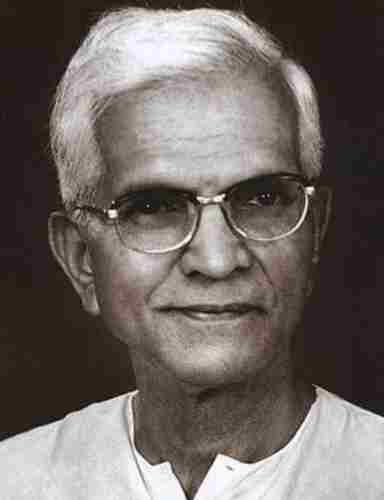
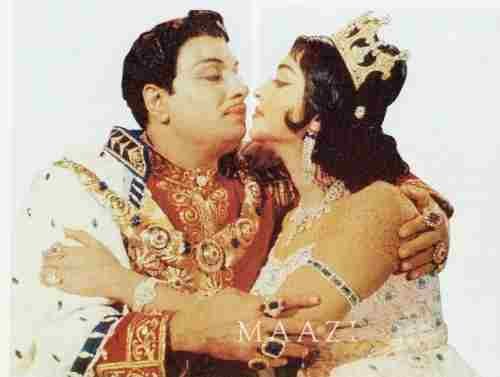
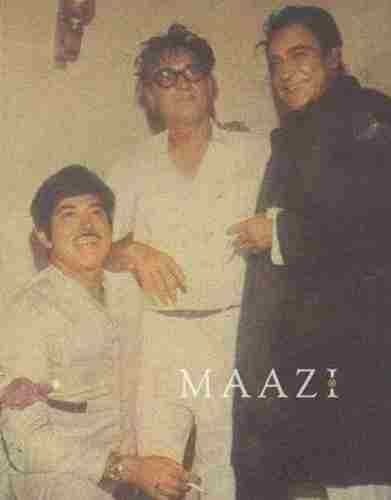
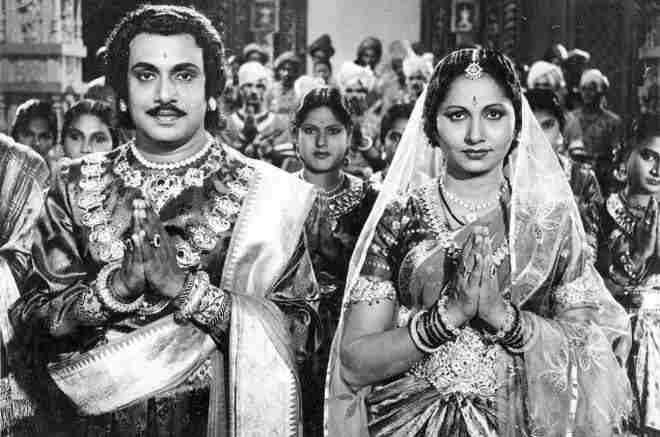
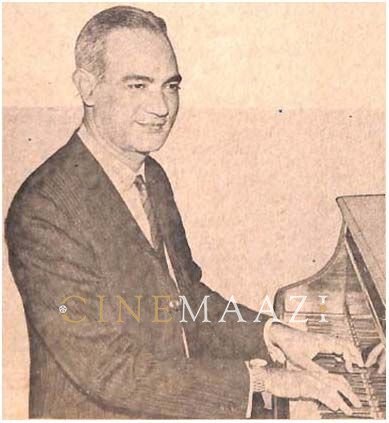
.jpg)



